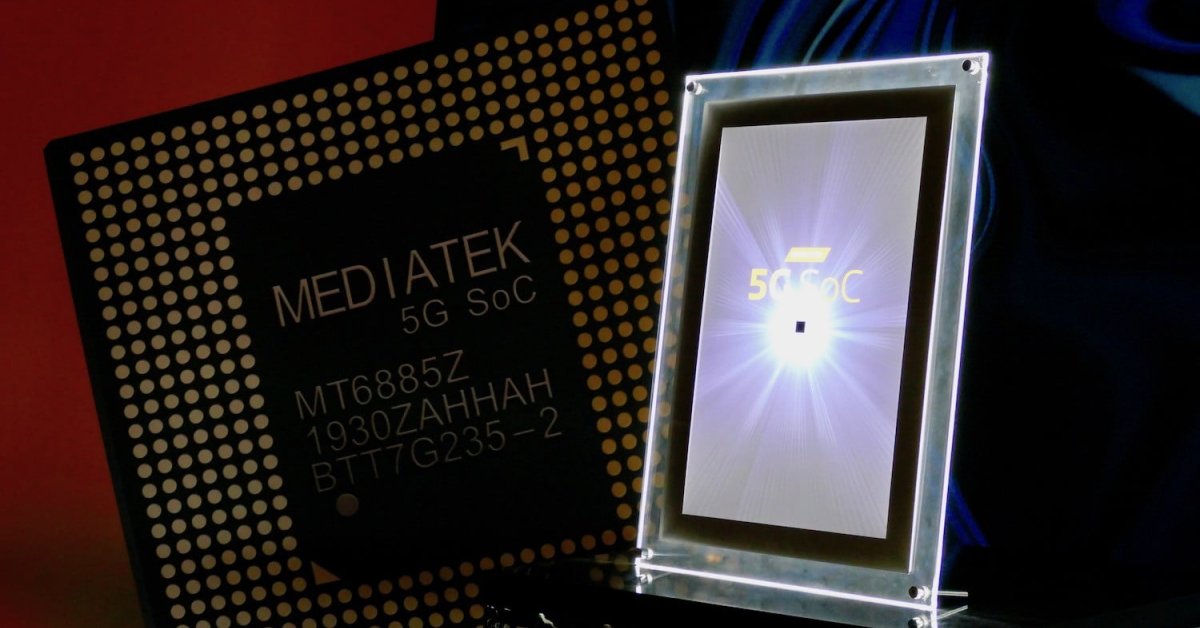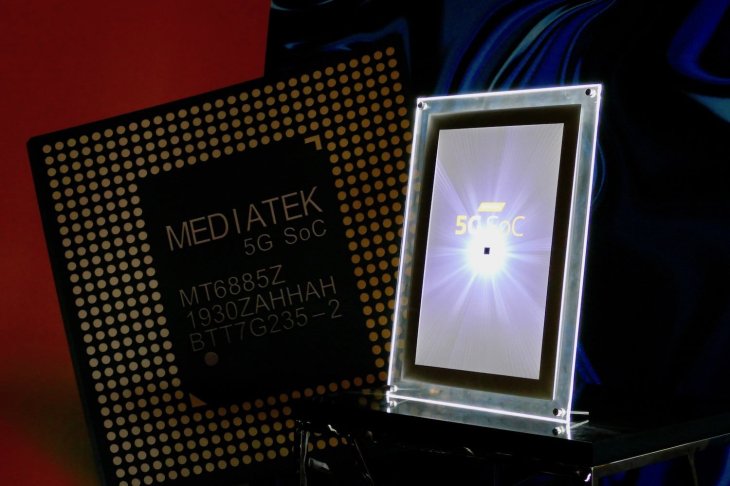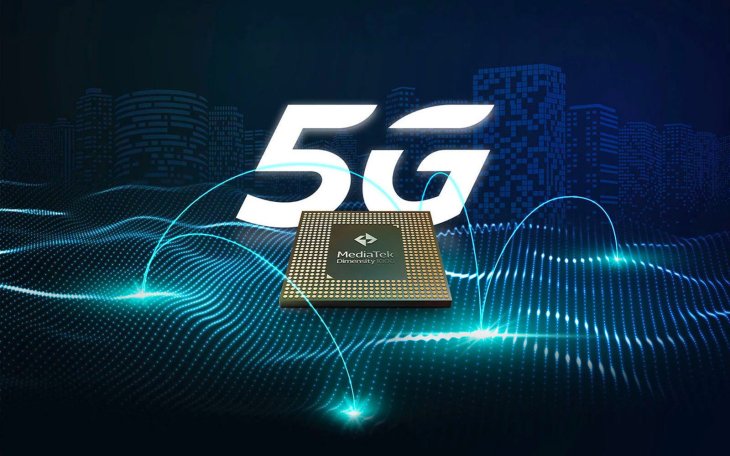MediaTek's 'Dimensity 1000' Processor Will Power The First Dual-SIM 5G Phones
Anil Singh - Nov 27, 2019

The first Dimensity 1000-powered, dual-SIM 5G phones will hit the market as early as next year.
- Jio Is Making Rs 2,500-3,000 5G Smartphones For The Indian Market
- Long Before Border Conflict, Reliance Jio Has Worked To Prevent Huawei From Infiltrating India's 5G Network
- Xiaomi Might Release A Cheap 5G Smartphone For As Low As Rs. 10,000 At The End Of This Year
If spending a few thousand bucks for a 5G phone doesn’t make you hesitate to do, let’s think about some troubles you might have to face when you’re in need of a dual-SIM phone. In fact, without dual-SIM support, some find it hard to have flexibility like using the lowest-cost service or separating their workspace and personal lines. Thanks to the unstoppable technology, there’ll soon be an option in the near future, which is brought to you by MediaTek.

First teased as 5G system-on-chip, the latest SoC of MediaTek now gets renamed as ‘Dimensity 1000’ in the quest of supporting 5G on two SIMS. Thanks to a wide pool of new capabilities it boasts, users can start using two lines but still having the best data speeds in parallel. The company also talked up about its data throughput, which is said to be the world-fastest with 2.5Gbps upstream and 4.7Gbps downstream on a 5G network.

The Dimensity 1000 comes with supports for Bluetooth 5.1+ and WiFi 6 to ensure a stable computing power and the best wireless performance. Under the hood, there’s a total of four low-power ARM Cortex-A55 cores and four high-performance Cortex-A77 cores, combining with a much-faster AI unit. To help it handle up to 80Mp cameras, MediaTek also integrates an image signal processor with five cores into the device.
The first Dimensity 1000-powered smartphones are slated to hit the market as early as next year. MediaTek’s design will likely promise to not only lower the cost but also improve 5G power efficiency.
Featured Stories

ICT News - Dec 25, 2025
The Visibility Concentration Effect: Why Half the Web Isn’t Qualified Anymore

ICT News - Jul 05, 2025
Windows 11 is Now the Most Popular Desktop OS in the World

ICT News - Jul 02, 2025
All About Florida’s Alligator Alcatraz: A Smart Move for Immigration Control

ICT News - Jun 25, 2025
AI Intimidation Tactics: CEOs Turn Flawed Technology Into Employee Fear Machine

ICT News - Jun 24, 2025
Tesla Robotaxi Finally Hits the Streets: $4.20 Rides That'll Make You Hold Your...

ICT News - Jun 24, 2025
World's First Flying Humanoid Robot Takes Flight

ICT News - Jun 24, 2025
When Closed Source Met Open Source: Bill Gates Finally Meets Linus Torvalds After...

Gadgets - Jun 23, 2025
COLORFUL SMART 900 AI Mini PC: Compact Power for Content Creation

ICT News - Jun 22, 2025
Neuralink Telepathy Chip Enables Quadriplegic Rob Greiner to Control Games with...

ICT News - Jun 20, 2025
Comments
Sort by Newest | Popular